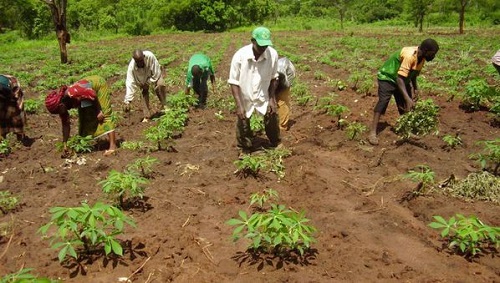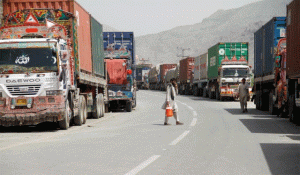A report by Heifer International Ghana has revealed that only 12 percent of the youth involved in agriculture have adopted some form of technology for their operations.
It was observed among the youths surveyed for the research that 37 percent had access to finance, 14 percent has access to land, and lack of training amounted to some 12 percent. These were the three key barriers to youth engagement in agriculture in Africa.
It was also observed that there is low agricultural tech adoption across the surveyed countries, with only 23 percent of youth engaged in agriculture using any form of agricultural technology (an App, SMS, website, software). Moreover, access to land or ownership is a major cause of concern, as 59 percent of youths surveyed indicated they lack both.
The research, which was carried in East, West and Southern Africa was aimed at understanding the challenges which have led to decreasing farm productivity and dwindling incomes among African smallholder farmers. It also sought to understand the challenges of technology-adoption by smallholder farmers in Africa and youth participation in agriculture, their fears and their impact on food security. It also served as a base for the launch of ‘Heifer International Envision Africa’s Agriculture 2030’ programme.
Launching the report, Interim Country Director of Heifer International Ghana, Ewurabena Yanyi-Akofur, noted that a total of 29,954 youths, 299 smallholder farmers and 110 agriculture-focused organizations completed an online survey. The data collected is representative of 11 African countries, with each country contributing at least 5 percent to 13 percent of the total datasets.
She emphasized that agriculture contributes heavily to the Gross Domestic Product (GDP) of many African countries and employs more than half of the rural population across the continent, and also how agriculture has been used as a catalyst for economic growth and development.
“For me, one of the interesting things was that in Ghana only 12 percent of the youth were using any form of technology in agriculture. In fact, we are the least-performing country in the 11 countries that we studied. And for me, the question is why is that the case? Is it because it is difficult to access? What are the barriers, and it is something we need to find and do an in-depth analysis of why it is so and why it is different elsewhere? In East Africa, they are doing very well; what are the lessons from there that we can leverage and then do better here.”
Despite the positive effect of agriculture across the continent, the sector remains unattractive to young people. Many young Africans move to the urban areas and have no interest in taking up agriculture as a source of livelihood.
The report indicated that although youth unemployment is massive on the African continent, youths do not see agriculture as their viable means of employment and a means of living regardless of their interest, because of the lack of funds and other issues including difficulty in acquiring land and the largely subsistence nature in which Agriculture is done on the continent
Focus on Ghana
The agriculture sector contributes about 17 percent to Ghana’s GDP. Even though Ghana’s agricultural sector is well-placed to contribute in attaining the country’s development goals, its growth performance has been erratic. This irregular performance is driven by irregular rainfall and cocoa production and price fluctuations, including international prices for export commodities such as cocoa.
More than half of the Ghana’s workforce, 52 percent, are currently engaged in agriculture.
The challenge is that Ghana is faced with a bitter reality – the decline in agricultural productivity continues to threaten the country’s economic development. Smallholder farmers lack access to the financial support they require to improve their yield. Urbanization efforts in the country have also led to more non-farm jobs.
This has reduced Ghana’s agricultural competitiveness by increasing the need for imported foods. Farmers in remote areas have no/limited access to information and how to process the information gathered – like crop rotation, the use of fertilizer, etc.; farmers are unable to understand due to illiteracy.
Limited access to fertilizer, poor transportation and storage facilities are also contributing to the sector’s decreased productivity. All of these challenges have contributed to decreased youth participation in agriculture.







